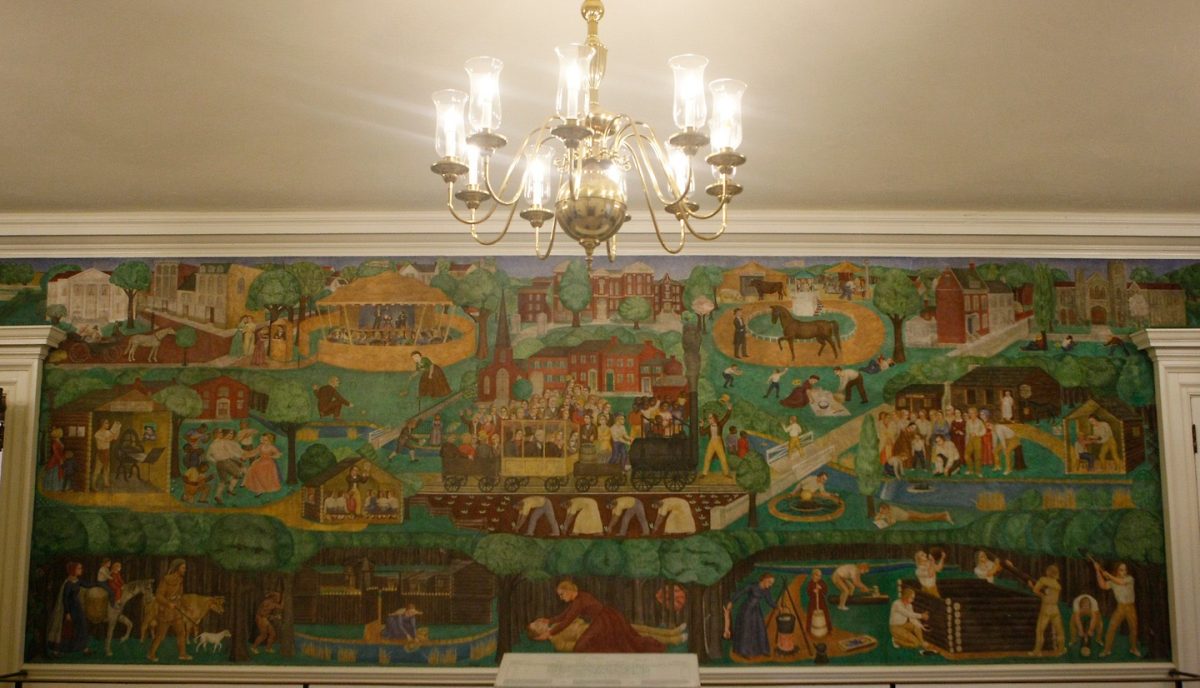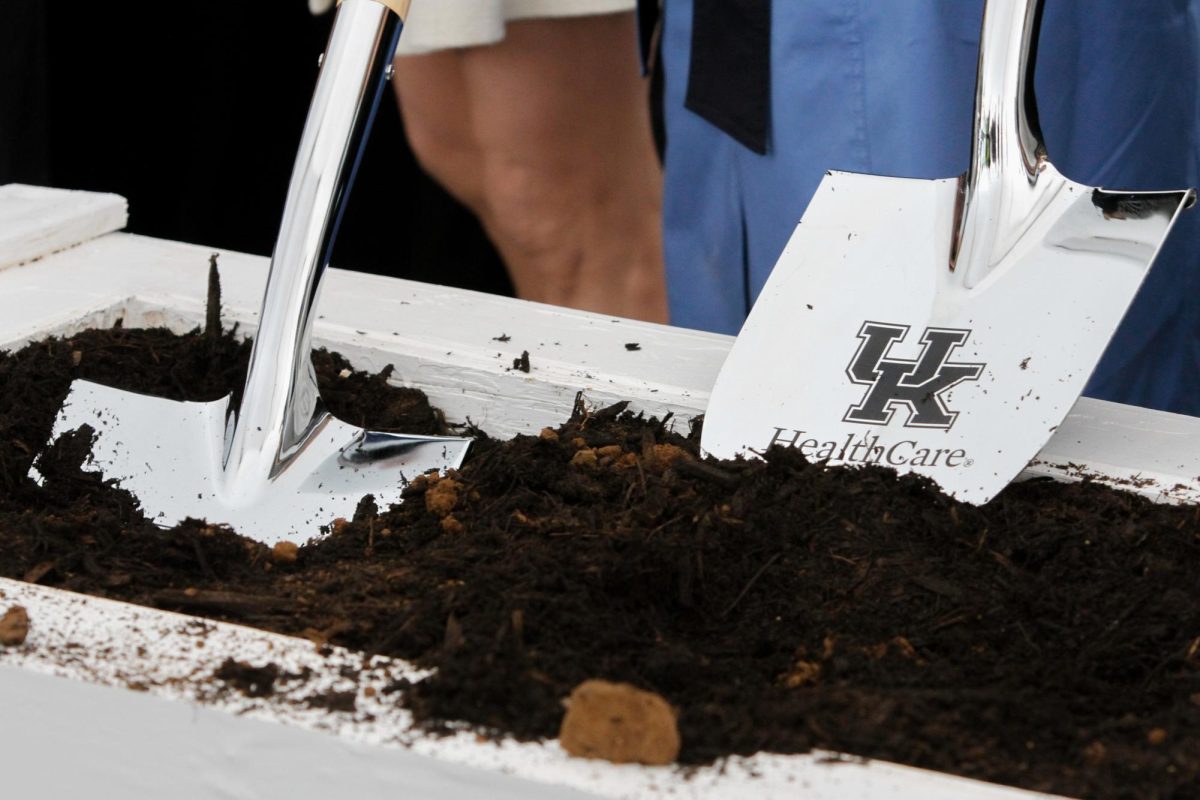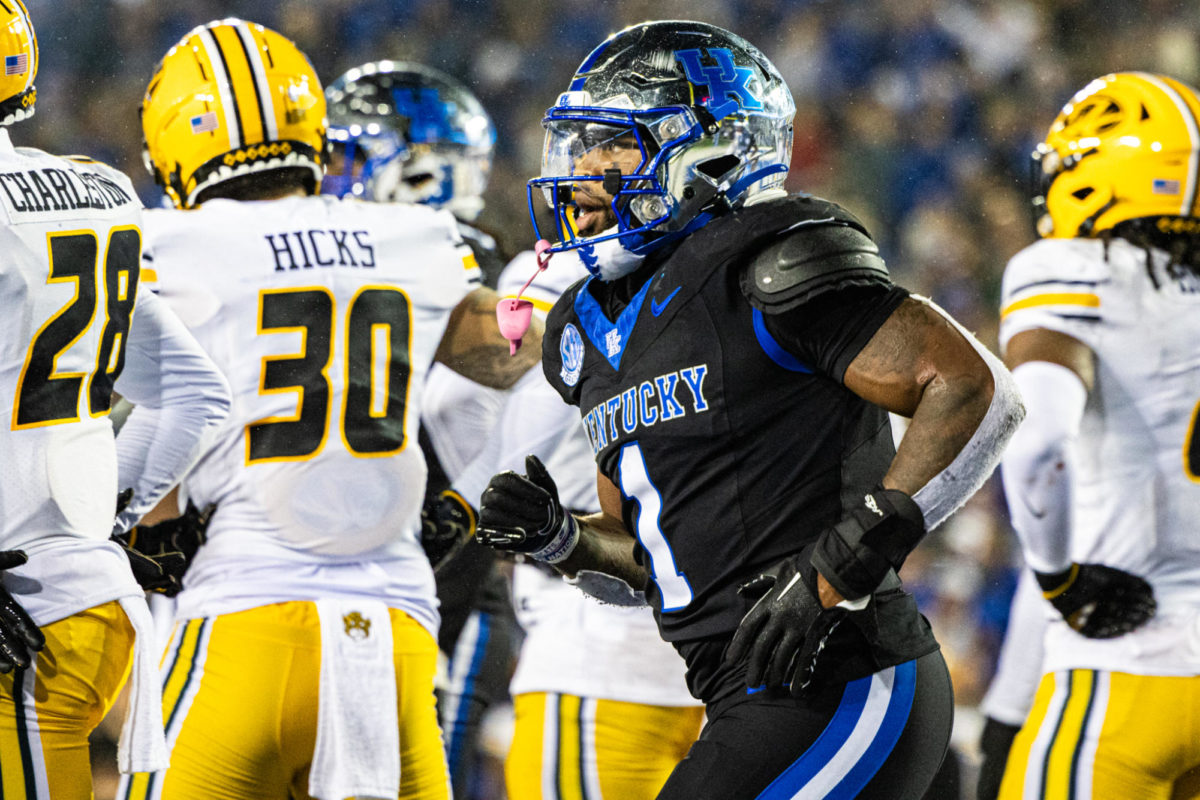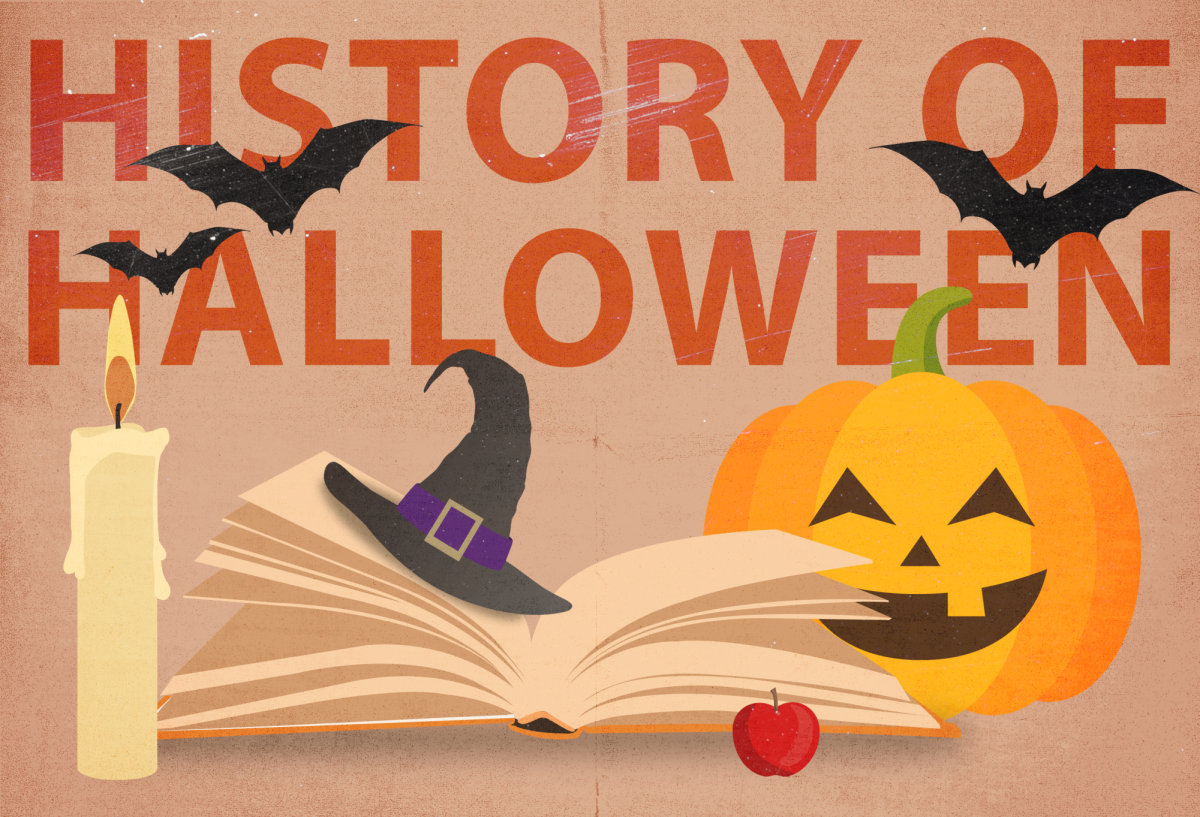Halloween has crept upon us once more, and before donning costumes and venturing out to Halloween parties, or huddling into a warm blanket to watch a skin-prickling film, it’s important to take a moment to appreciate and understand how Halloween and its traditions began.
We must study the history of Halloween traditions because these ancient festivities transformed our culture in profound ways.
Historians and people alike have traced the holiday’s origin back to the Celtic Day of Samhain, a brief period when Celtics mournfully bid farewell to the farmer’s year and welcomed the return of winter.
Ancient Irish stories taught that, on the day of Samhain, the veil separating the living from the Otherworld faded, thus, permitting the spirits of the deceased to reenter the world and wreak destruction upon its inhabitants.
The folklorist Jack Santino explains in an article, “Since the day was a bridge between one year and the next, the barrier between the world of men and the world of spirits was also bridged.”
Celts gathered wearing animal-like costumes, built bonfires, offered sacrifices and predicted each other’s futures — which became quite uncertain as the land would soon plunge into months of freezing darkness.
After conquering the Celts, the Roman Empire significantly influenced the day of Samhain by integrating its festivals into the Irish rituals.
Thanks to the Roman Empire, the Halloween tradition of apple bobbing emerged.
According to an article in History, one Roman festival integrated into the Celtic celebration was dedicated to Pomona, the Roman goddess of fruit and trees.
“The symbol of Pomona is the apple, and the incorporation of this celebration into Samhain probably explains the tradition of bobbing for apples that is practiced today on Halloween,” the History editors wrote.
Many more Halloween customs can be traced back to Samhain, such as the presence of ghosts and bats, wearing creepy costumes, trick-or-treating and even the association between the colors of orange and black with the holiday.
According to an article in the Library of Congress Blogs (LBC), orange and black symbolized Halloween because “black represented the ‘death’ of summer while the orange symbolized the autumn harvest season.”
Perhaps most fascinating is the reason why on Halloween, young and old alike roam through the streets dressed like witches, ghosts and “Star Wars” villains.
According to the LBC, the Celts dressed in costumes to disguise themselves and not be mistaken for evil spirits by friends and family.
The symbols and traditions in contemporary Halloween celebrations also find roots in American history.
Livia Gershon wrote in an article, “Halloween in the U.S. was shaped by America’s own harvest season, early European settlers’ well-known fear of witches, and Celtic-inflected customs brought by nineteenth-century Irish immigrants.”
Gershon’s reference to the European settlers’ “well-known fear of witches” is proven by the witch hunts that occurred over several centuries — especially in Europe.
The Salem witch trials — the most renowned of all the witch trials — tremendously influenced the popularization of witches in American culture.
These trials influenced the play “The Crucible” by Arthur Miller, “The Handmaid’s Tale” by Margaret Atwood and the Halloween classic “The Blair Witch Project.”
No one can appreciate the significance and impact of Halloween without first recognizing the influence of the Celtic festival of Samhain, and by extension, the Roman and American influences.
As we carve pumpkins, wear costumes or curl into our beds to watch a nightmare-inducing movie, the old traditions remain just as present as they existed centuries ago.
By recognizing the profound impact of ancient traditions and how they endure, we develop a clear insight into the reasons underlying how our culture functions today.














































































































































